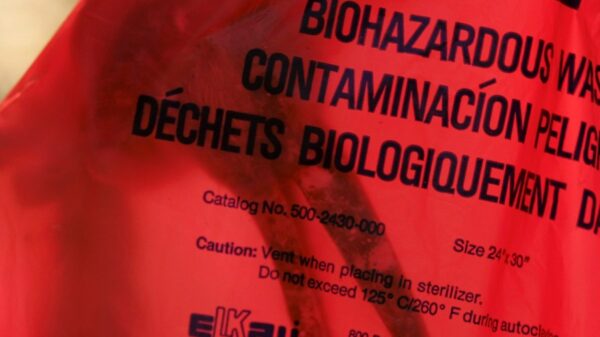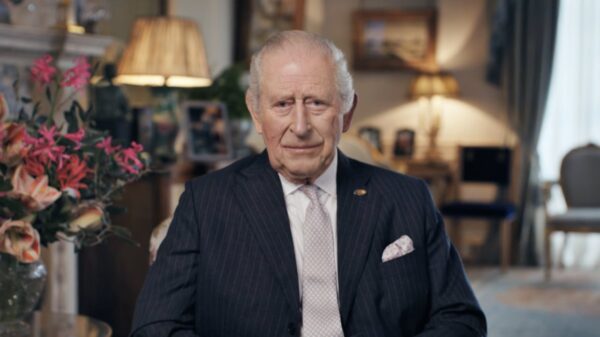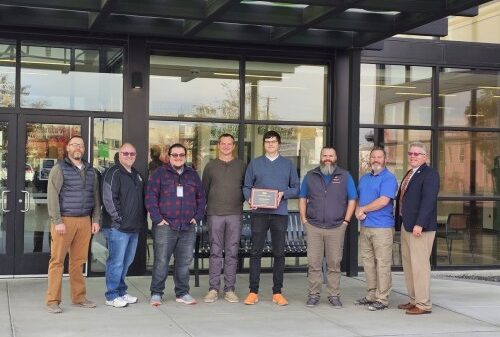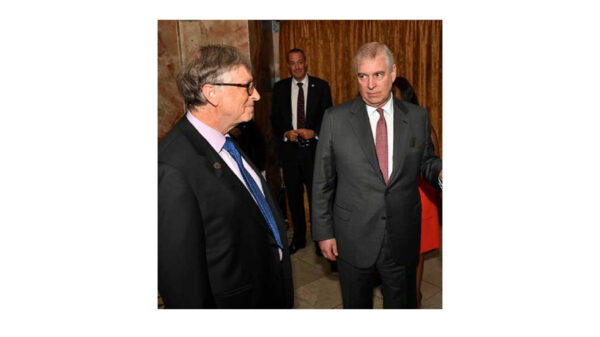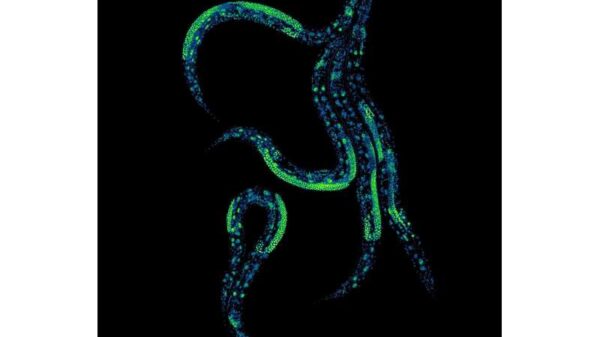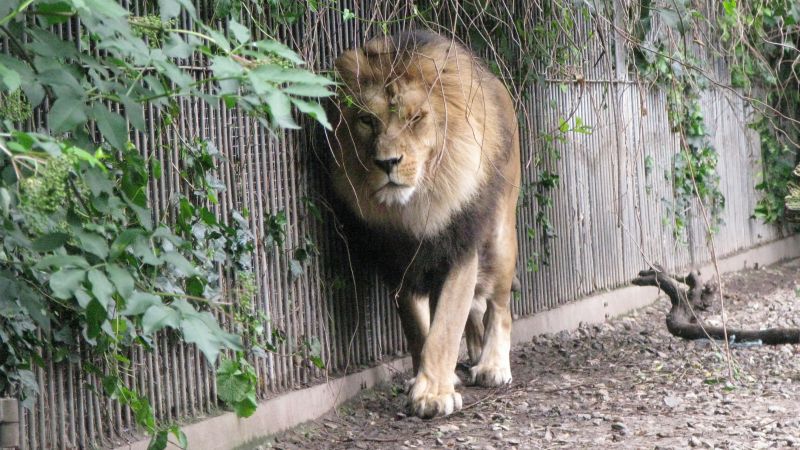A zoo in northern Denmark is requesting donations of unwanted pets, including guinea pigs, rabbits, and chickens, to feed its carnivorous predators. The Aalborg Zoo announced this initiative in a Facebook post, stating it aims to mimic the natural food chain that these animals would encounter in the wild. According to the zoo, small animals are essential for the diet of their predators, ensuring that nothing goes to waste while promoting natural behaviors and nutritional well-being.
The post featured an image of a lynx, showcasing the zoo’s commitment to providing a realistic dietary experience for its carnivorous residents. The zoo clarified that the donated animals will be “gently euthanized” by trained staff before being fed to species like the Asiatic lion, European lynx, and Sumatran tiger.
Community Response and Ethical Considerations
This public request has sparked lively debate online. Some individuals have expressed concern over the ethics of using pets as prey, while others have praised the zoo for its efforts to maintain natural feeding habits. In a statement shared with The Guardian, Deputy Director of Aalborg Zoo, Pia Nielsen, explained that this practice has been a longstanding aspect of zoo operations in Denmark.
“For many years at Aalborg Zoo, we have fed our carnivores with smaller livestock,” Nielsen stated. “When keeping carnivores, it is necessary to provide them with meat, preferably with fur, bones, etc., to give them as natural a diet as possible. Therefore, it makes sense to allow animals that need to be euthanized for various reasons to be of use in this way.”
Nielsen also noted that many guests and partners appreciate the opportunity to contribute to the zoo’s mission. The livestock received as donations typically includes chickens, rabbits, guinea pigs, and even small horses.
Controversial Practices in Danish Zoos
This is not the first time zoos in Denmark have faced scrutiny regarding their practices. In 2014, the Copenhagen Zoo made headlines for euthanizing a healthy young giraffe named Marius to prevent inbreeding, despite public outcry and a petition seeking to halt the action. Marius’ carcass was subsequently used for research and to feed carnivores at the zoo, including lions, tigers, and leopards.
The Copenhagen Zoo later attracted further criticism when it euthanized four lions to make room for a new male, sparking discussions about animal management and ethical considerations in captivity.
The Aalborg Zoo’s initiative highlights ongoing conversations about the balance between animal welfare and the realities of maintaining predator diets in a zoo environment. As the debate continues, the zoo remains committed to its practices, emphasizing the importance of providing a naturalistic experience for its animals.






